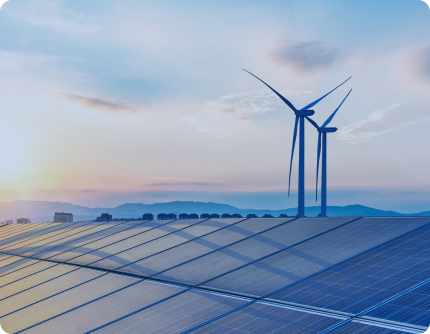Distributors
Post on June 12th, 2015
What Is an Electricity Distributor?
Each state in Australia receives electricity from different electricity distributors. Most of these distributors were previously owned by the government yet have now become privatised thanks to deregulation.
Before the 1990s, Australia’s electricity industry was state owned and managed by government authorities. The government was responsible for generating, transmitting, distributing, and retailing electricity to both homes and businesses. Each state was responsible for managing its own electricity needs and generating enough power to cater to all homes and businesses in the area.
In the 1990s, the electricity industry in Australia was transformed. The reason being was because the Industry Commission believed there was a need to promote healthy competition in the power industry. This process of privatised electricity distribution offered customers more options than ever before.
Customers can now benefit from:
- Being able to choose their own retailer.
- Securing a lower cost of service.
- Taking advantage of a wider variety of services.
How Electricity Distributors Supply Power
There are 16 different electricity distributors in Australia today, providing power to the populated areas of the country. Electricity distributors own power poles and wires and are responsible for maintaining and generating electricity for consumer use. Distributors also run electricity meters that measure each customer’s monthly electricity usage.
In order for power to be used by a home or business, it must move from the transmission grid to the distribution grid. This power conversion occurs at the power substation, where transformers will split electricity into multiple directions to be sent to homes and businesses nearby. Transformers are necessary to convert transmission voltage into distribution voltage at less than 10,000 V for consumer use.
It’s never been easier to compare electricity distributors than with ElectricityWizard. Call 1300 359 779 now and speak to an energy specialist who will help you find a deal better meeting your needs.








 Related Articles
Related Articles